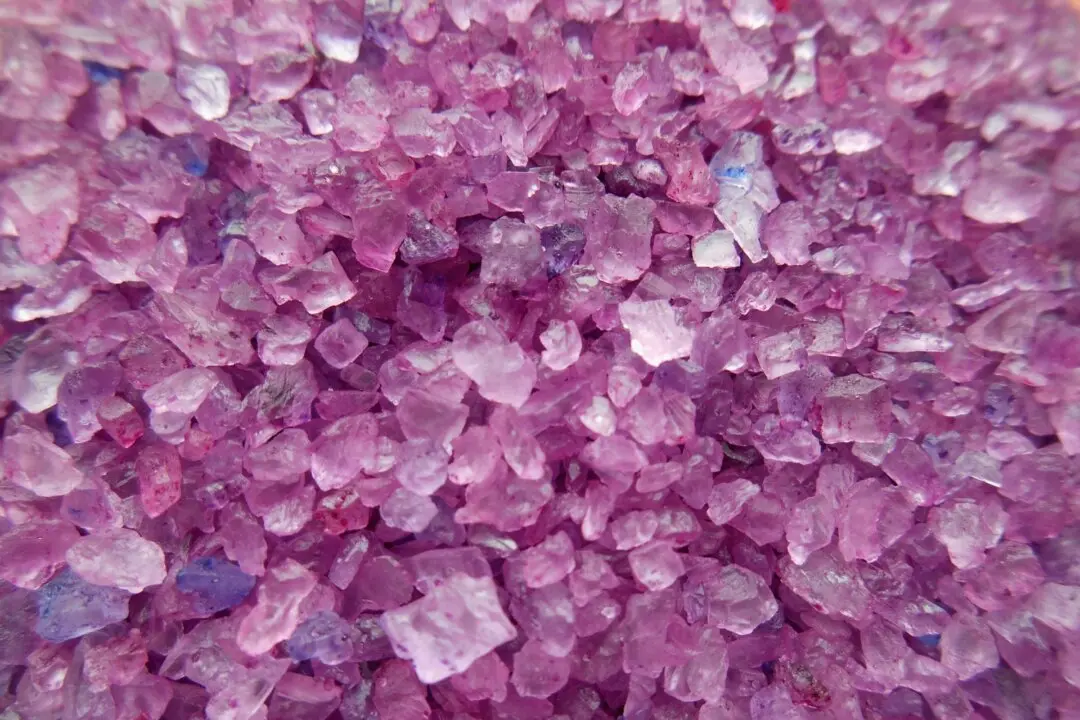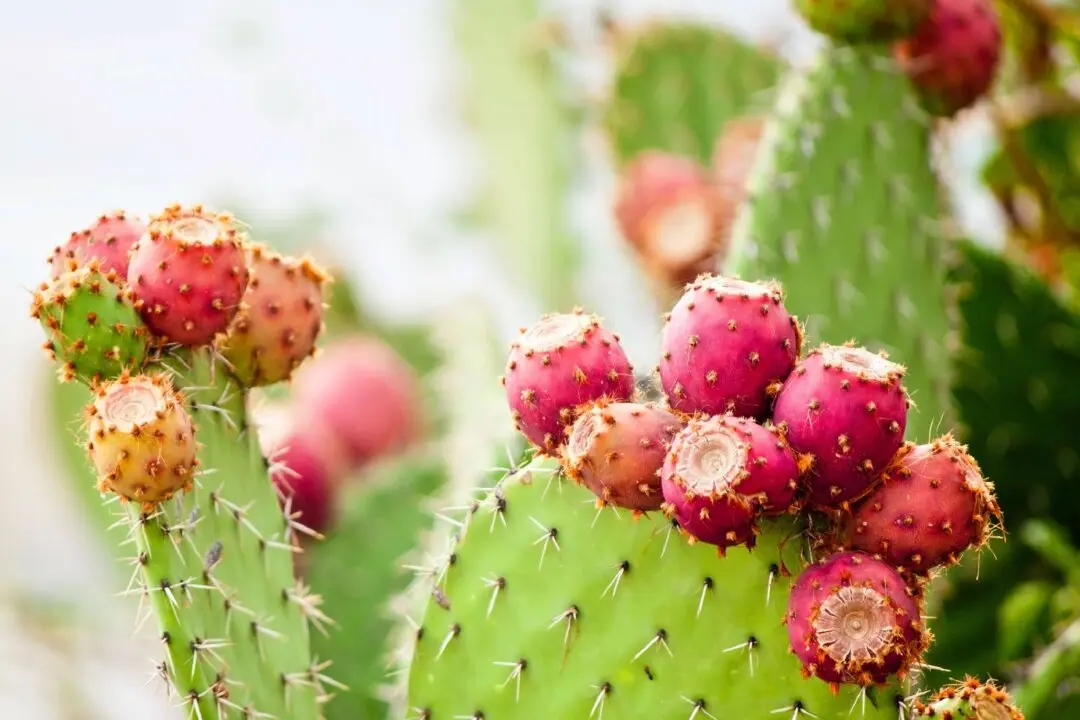The mango (Mangifera indica), a member of the cashew family, originated in the Himalayan foothills of India more than 5,000 years ago. The mango has been prized in indigenous medicine for its myriad healing properties. All parts of the mango, including leaves, bark, flesh, peel, roots, and flowers, have pharmacological potential. There are more than 300 different varieties of mangos in the world.
Benefits of Mango
Phytonutrients are substances produced by plants to protect themselves. They include carotenoids, flavonoids, coumarin, and indols. Many are bioactive compounds known to promote human health and manage chronic diseases and include anticancer, antioxidant, anti-inflammatory, antibacterial, and antiviral properties.These compounds play an essential role in addressing the increasing prevalence of metabolic syndrome—a cluster of risk factors associated with the development of heart disease, heart failure, stroke, and diabetes. Nearly 1 in 3 Americans have metabolic syndrome, according to Dr. Chiadi E. Ndumele, a cardiologist at Johns Hopkins.
A Healthier Heart
According to the American Heart Association, this juicy fruit’s fiber, vitamins, potassium, and magnesium help reduce the risk of heart disease, including high blood pressure. Mangiferin, a potent antioxidant found in high concentrations in mango leaves, is linked with reduced heart inflammation.Mangos are also rich in vitamins C and K. Vitamin C helps the body maintain blood vessels and absorb iron. Vitamin K, essential in prothrombin generation, is vital for the regulation of blood clotting.
Anti-Cancer
Mangos are rich in beta carotene, a pigment responsible for their bright yellow-orange color. Beta carotene is an antioxidant known to fight cell-damaging free radicals that can potentially lead to cancer.According to a study in the Journal of Lipids, published in 2017, mangiferin protects against a variety of human cancers, including lung, colon, and breast cancer, by suppressing tumor necrosis.
Studies suggest that mango extracts containing phytochemicals inhibit breast cancer cell growth, proliferation, migration, and invasion. More research and clinical studies are needed to explore its potential as a therapeutic agent.
Better Brain Health
Mangiferin has been shown to improve long-term object recognition memory in rats. In a study on rats published in the European Journal of Pharmacology, scientists suggested that mangiferin has the potential for preventative and therapeutic use in memory impairment diseases, such as schizophrenia, dementia, amnesia, and Alzheimer’s.The vitamin B6 in mangos may help with brain function by lowering high levels of the chemical homocysteine, which is linked to a higher incidence of dementia, Alzheimer’s, and cognitive decline, according to the Harvard School of Public Health.
Weight Loss
In addition to being low in fat, mangos can aid in weight loss because their rich fiber content helps to promote the sensation of satiety. One study reported that mangiferin protected rats against weight gain from a high-fat diet and improved glucose and insulin responses, thus lowering the risk of obesity.Healthier Gut Microbiome
The fiber and water in mangos can help stabilize the digestive system, thus preventing constipation and reducing the risk of colon and rectal cancer. In a recent study published in the journal Food Science and Nutrition in 2023, researchers at San Diego State University found that consuming fresh mango improves gut health by increasing the population of certain important gut bacteria.Improved Sleep Quality
When eaten at night, mangos can help improve sleep quality. Mangos are rich in vitamin B6, which stimulates serotonin to produce melatonin, the sleep hormone. A high concentration of tryptophan, an amino acid that converts to serotonin, makes mangos a happy fruit while being a precursor to melatonin. Mango’s high magnesium content has been linked to helping combat insomnia.Healthier Skin
In addition to vitamins A and E, vitamin C helps the skin’s natural aging process by shielding it from UV rays and pollution impurities. Vitamin C also promotes collagen production, allowing the skin to maintain elasticity. Potent antioxidants in mangos inactivate the free radicals known to damage skin.Nutritional Qualities
According to the U.S. Department of Agriculture’s FoodData Central, one medium-sized mango contains the following:- 202 calories
- 50 grams of carbohydrates
- 45 grams of sugar
- 5 grams of fiber
- 3 grams of protein
- 3630 IU of vitamin A
- 564 milligrams of potassium
- 122 milligrams of vitamin C
- 44 milligrams of tryptophan
- 34 milligrams of magnesium
Mango Skin—Handle With Care
Mango skin contains a compound called urushiol, an oil that can cause the skin to erupt in rashes in some people. The oil is found in the leaves, stems, roots, and skin, particularly around the stem. Before peeling a mango, it’s wise to wash and lightly scrub the skin in warm water.Tips for Eating Mangos
- To obtain the best nutritional qualities, flavor, and taste, eat tropical fruit fresh and raw.
- If you’re eating dried mango, keep in mind that drying fruit concentrates the sugar content.
- Though mango skin is edible, it has a strong bitter flavor and is difficult to chew and digest.
- Keep mangos at room temperature and eat them in their prime, because overripe fruit loses much of its nutritional value and disease-fighting qualities soon after picking.
- Eating mangos can be very messy—or an art form worth learning.





